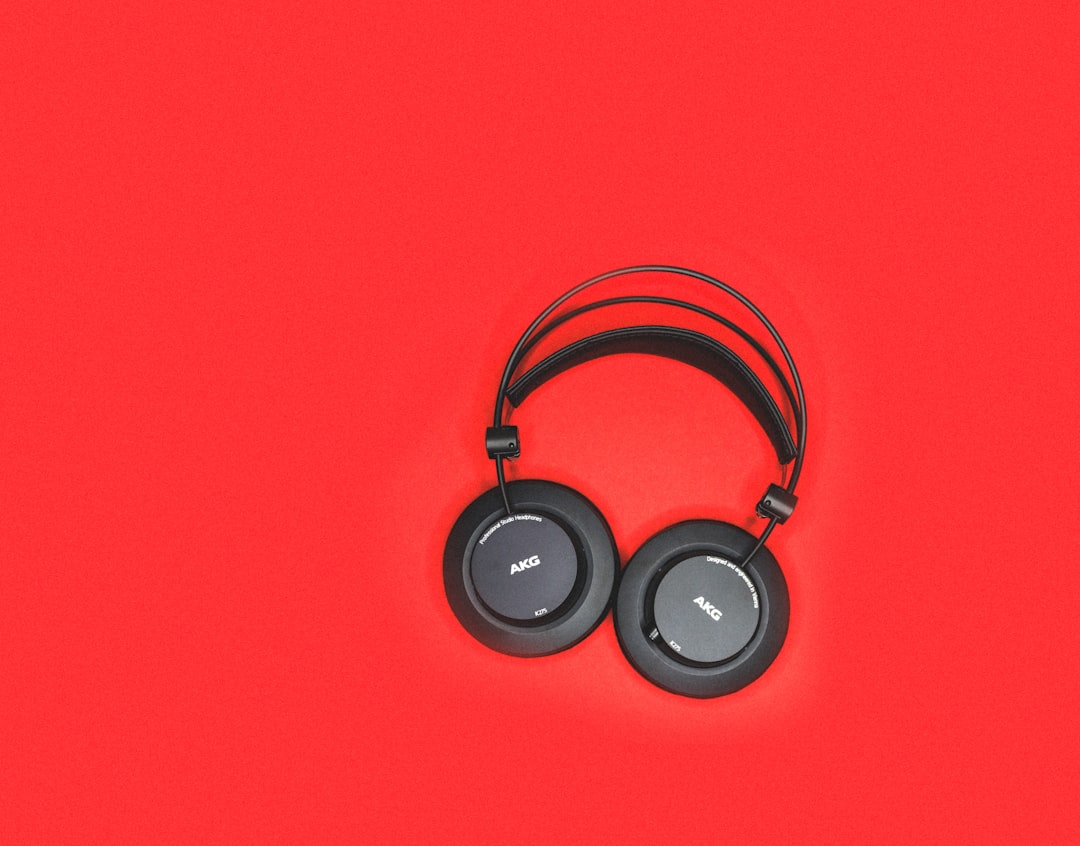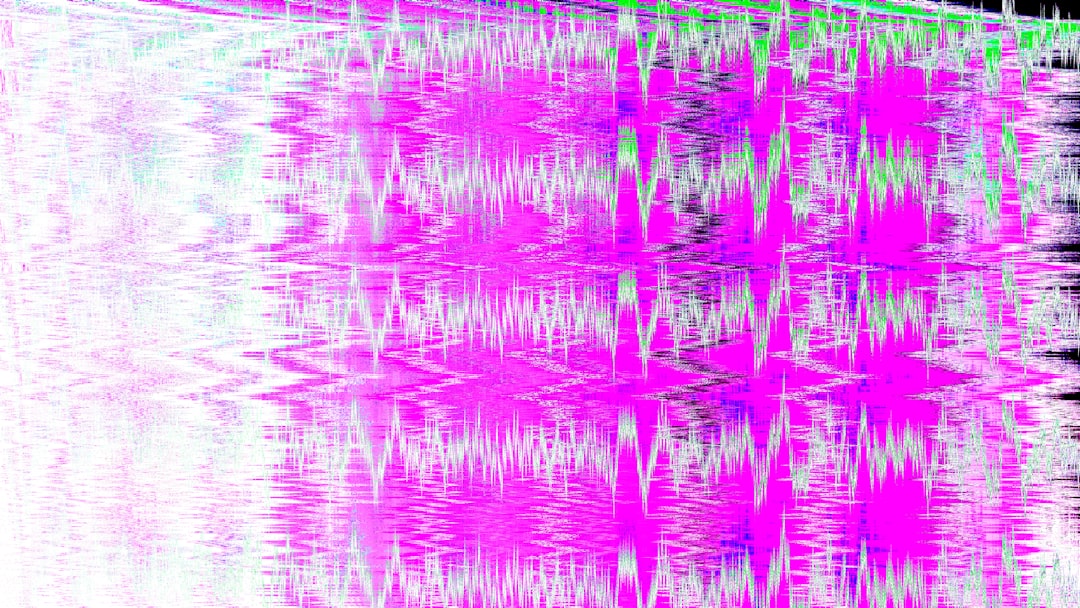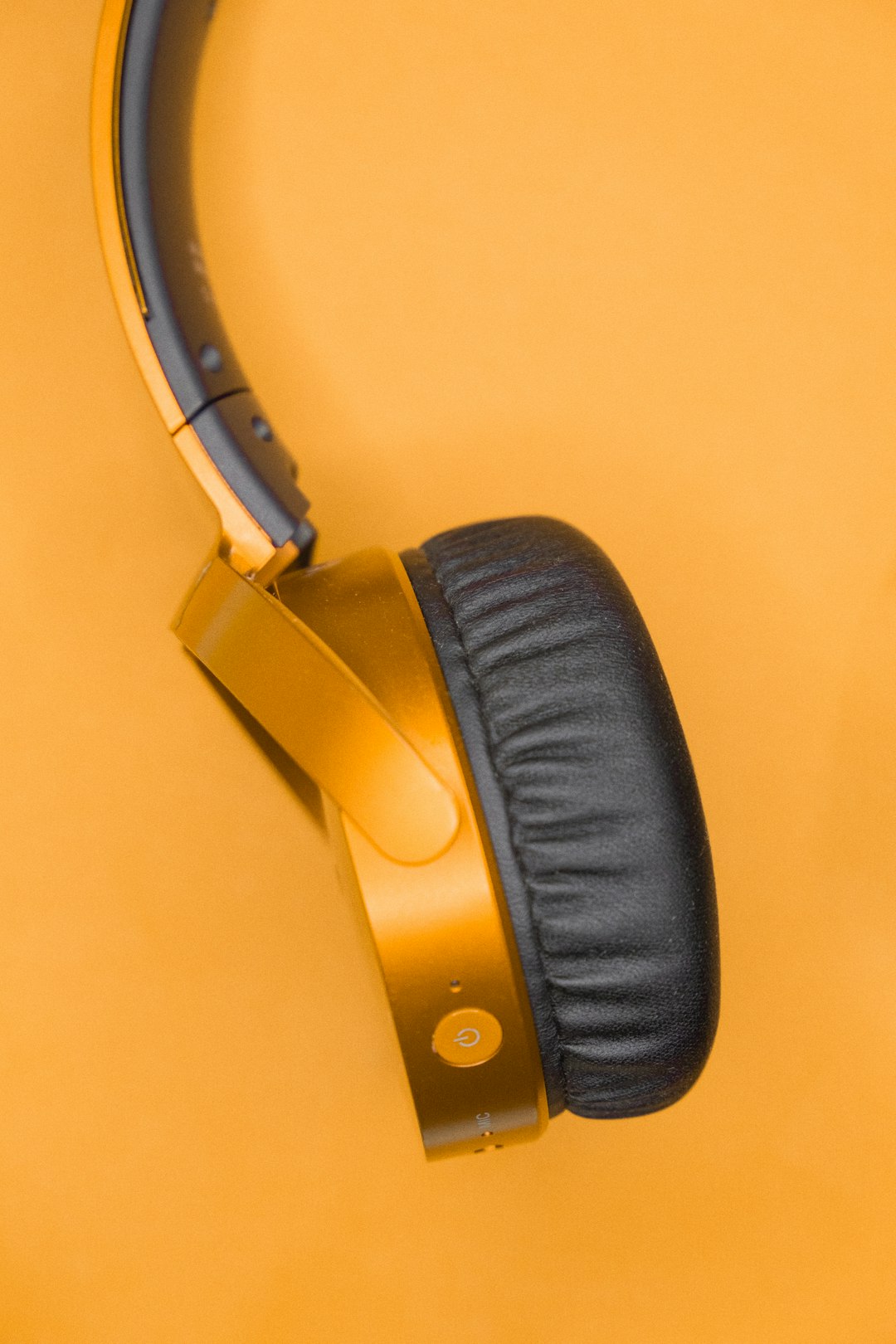Ever wondered why some songs take up more space on your phone than others? Or why some files sound better when you’re wearing fancy headphones? That all comes down to audio file formats. Let’s take a little journey into the world of AAC, MP3, and FLAC. Don’t worry — it’ll be simple, fun, and maybe even leave you with a new party fact or two.
First off, not all audio files are created equal. Each type has its own way of storing sound, saving space, and delivering quality. Think of it like your favorite photos:
- Some are super-high quality — every pixel is sharp!
- Some are smaller and easier to share — like that meme you sent your friend last night.
It’s just the same with audio. Let’s meet the top three formats you’ve probably heard of: AAC, MP3, and FLAC.
Table of Contents
🎵 What is MP3?
MP3 is the OG of digital music files. It’s short for MPEG-1 Audio Layer 3 — but no one calls it that. Trust us.
Back in the 90s, MP3 changed the game. It made music files small enough to store on portable players. Goodbye, bulky CD players. Hello, Walkman of the future.
MP3 files compress audio. That means they remove sounds we probably can’t hear anyway. Like tiny rustles in the background or super-high frequencies only dogs can notice.
Here’s what makes MP3 special:
- Small size: Easy to share and store.
- Decent quality: Good enough for most people.
- Super compatible: Pretty much every device plays MP3s.
But it’s not perfect. If you play MP3s on high-end speakers, you might notice:
- A bit of distortion.
- Less punch in the bass.
- Some details missing.

🎶 What is AAC?
AAC stands for Advanced Audio Coding. It’s sort of like MP3’s cooler younger sibling. Smarter, more efficient, and likes hanging out with Apple devices.
In fact, it was designed to be better than MP3 — smaller files, same or better sound.
Let’s break it down:
- Smaller files: Uses better compression methods than MP3.
- Better sound: Keeps more detail, especially at lower bitrates.
- Used by Apple: iTunes and Apple Music love AAC.
If you’ve used an iPhone, you’ve probably listened to AAC without even knowing it. It’s sneaky like that.
But AAC isn’t flawless:
- Not as widely supported as MP3 (though pretty good now).
- Still lossy: It throws away some audio data.
Even so, for most people, AAC sounds just as good — or even better — than MP3.
🎧 What is FLAC?
FLAC is the royalty of audio formats. The name stands for Free Lossless Audio Codec. “Lossless” is the magic word here.
That means it keeps 100% of the original sound quality. It’s like listening to the artist record in real time.
FLAC = top-tier audio fan’s best friend.
Here’s why people love FLAC:
- No quality loss: It’s just like the original CD.
- Open format: It’s free and not owned by Big Tech.
- Perfect for archiving: Audiophiles and DJs swear by it.
But it’s not all sunshine and rainbows:
- Larger file sizes: FLAC files can be big.
- Devices matter: Not every phone or music player supports FLAC by default.

💽 How Do They Compare?
Still unsure which one to use? Let’s lay it out simply:
| Format | Audio Quality | File Size | Compatibility | Best For |
|---|---|---|---|---|
| MP3 | Good | Small | Excellent | Everyday listening |
| AAC | Better (at same size) | Smaller than MP3 | Very good | Apple users, modern apps |
| FLAC | Lossless (Amazing) | Large | Good (but not universal) | Audiophiles, Archiving |
🎚️ So, Which One Should You Use?
That depends on you. Here’s a cheat sheet:
- Just want your music to work? Go with MP3.
- Use an iPhone? AAC is probably your best bet.
- Have good headphones or a sound system? Try FLAC.
- Building a massive digital music library? FLAC wins again.
If you’re streaming from apps like Spotify or Apple Music, the format choice is made for you. Most use AAC or something similar behind the scenes.
🛠️ Pro Tips
Want better sound without getting too technical? Try these:
- Use high bitrate MP3 or AAC — 256 kbps or higher.
- Convert carefully — Don’t turn MP3s into FLACs. That’s like turning a pizza crust back into dough. It doesn’t work.
- Test for yourself — Can you tell the difference? Try a blind test!
🎤 Final Thoughts
All three formats — MP3, AAC, and FLAC — have their place. It’s like choosing between fast food, home cooking, and a Michelin-star meal. You pick what fits your mood and needs.
Want sound you can stream anywhere? MP3 or AAC are the best options.
Need perfect sound for your custom playlist? FLAC is waiting for you.
In the end? It’s your ears. Your space. Your vibe. Just make sure your songs sound the way you want them to.




